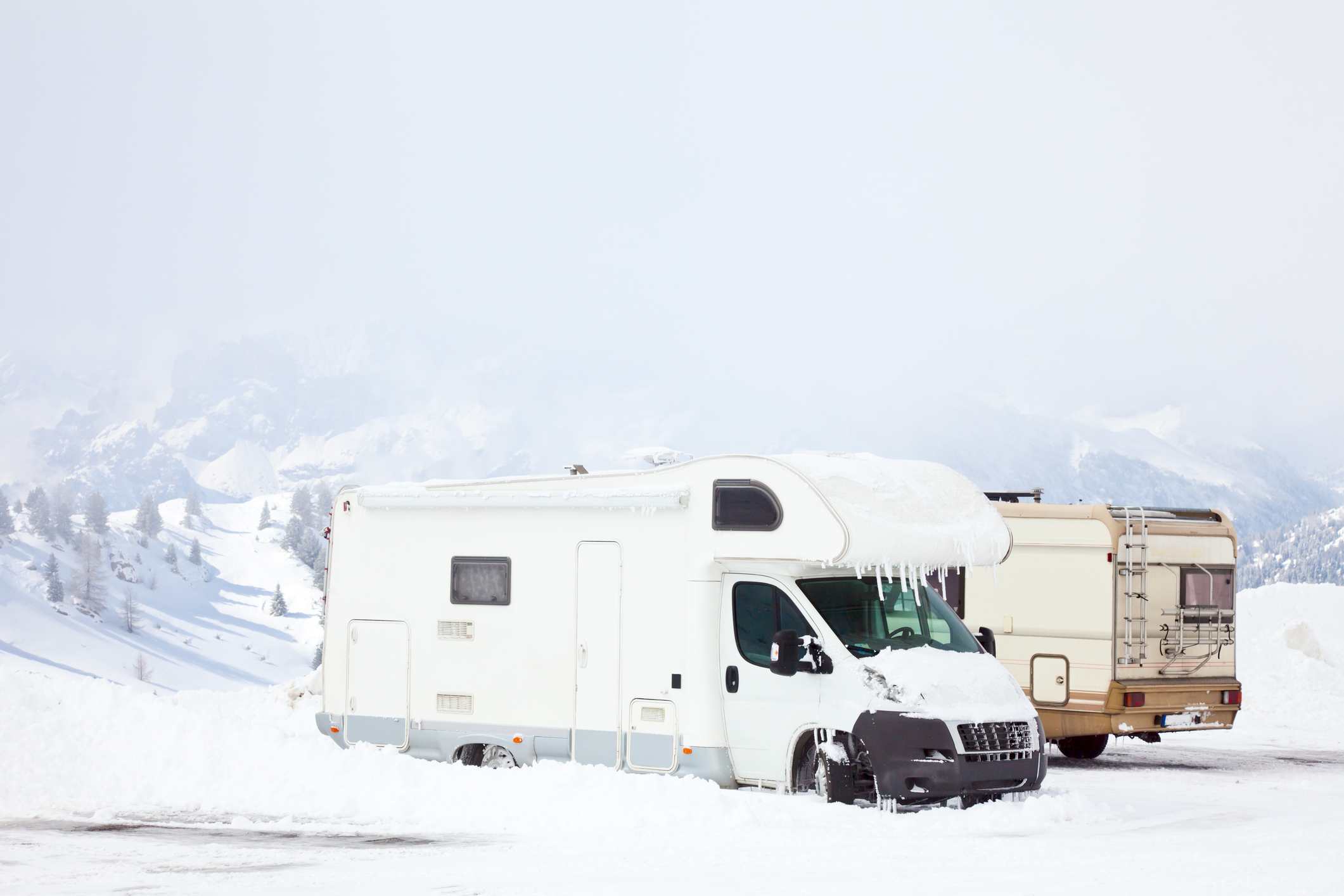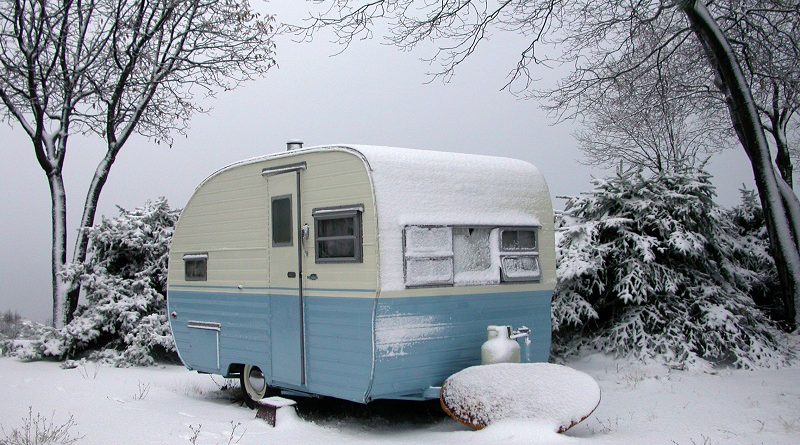The average RV shall perform adequately in all respect in the usual traveling conditions. Yet when the weather becomes colder and colder, you might feel that the insulation could really use some improvements. There are several places that can lead to severe heat loss in an RV and among them is the underbelly. The factory built specifications may prove to be ill – adapted to the current situation. So it’s time to add something on your own. If that is also what you desire then you can learn how to insulate RV underbelly right here, right now.
Of course, you can always look for other options to help yourself and other occupants to stay warm in the RV. Propane furnace or portable heaters are excellent choices for such a task and they are fairly common too. However, these things can cost you dearly in the long run due to operation and maintenance expenses. So why don’t you save some money and go for a more economical choice which is increasing the RV insulation? By insulating the underbelly, heat loss can be decreased to the minimum and keep the temperature at an acceptable level.
It’s not difficult to execute but offer a practical solution to your heating issue. In the case that you need some hints, down below is a guide on what to get and where to start.
Contents
Necessary items and tools for RV underbelly insulation
Before going with the detailed guide on how to insulate RV underbelly, you need to decide on the insulation material you are going to use. Rigid Foams are quite popular when it comes to insulation and available in convenient board shape. Examples of this material include EPS, XPS, ISO and much more. One thing you need to worry while using foam is fire hazards. While they are not exactly easy to catch fire, foams will release harmful smokes when burn. Certain brands did apply layers of fire retardant on their products to deal with the issue though.
>> Buyer’s guide and review: The best RV wax for fiberglass 2018

If you don’t have an access to foam, fiberglass is another great material to use. It’s tough, long-lasting, affordable and has high resistance against fire and humidity. You need to handle the fiberglass with care since it consists of rolls of glass strands. Wear proper protective gear when you work with it. For people that want to use high-end stuff, Spray Foam is your best bet. Though it’s expensive to purchase and complicated to use, you can apply it anywhere you want. Most people tend to use it in enclosed spaces so it works just fine as RV underbelly insulation.
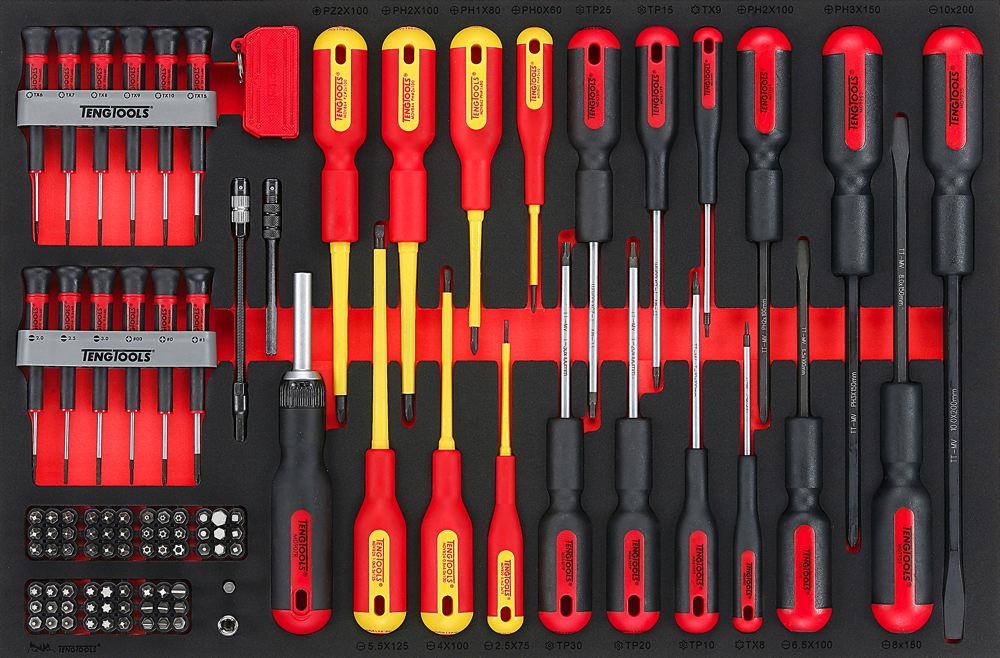
Besides the insulation material, gather a screwdriver and cutting tools such as saw or router. A tape measure, a flashlight and a marker will be needed as well. Since we are going to modify the RV a bit, read through the warranty term and policy again. You don’t it to be accidentally voided so be careful. When everything seems OK then let get into it and learning how to insulate RV underbelly properly by following these 5 below steps:
How To Insulate RV Underbelly: The insulating procedures
Step 1: Exam and measure the underbelly
Slide under the RV and conduct an inspection of the state of the underbelly. Take a note of any visible damages or holes on its surface because you have to deal with them eventually. Next, obtain the measurements of the underbelly to get the first idea of the insulation layer size and thickness. If you feel that it’s too dark to see anything with the flashlight, consider using an electric lantern or alike. This should give you a lot of light to work on so you can continue the project uninterrupted no matter the time.
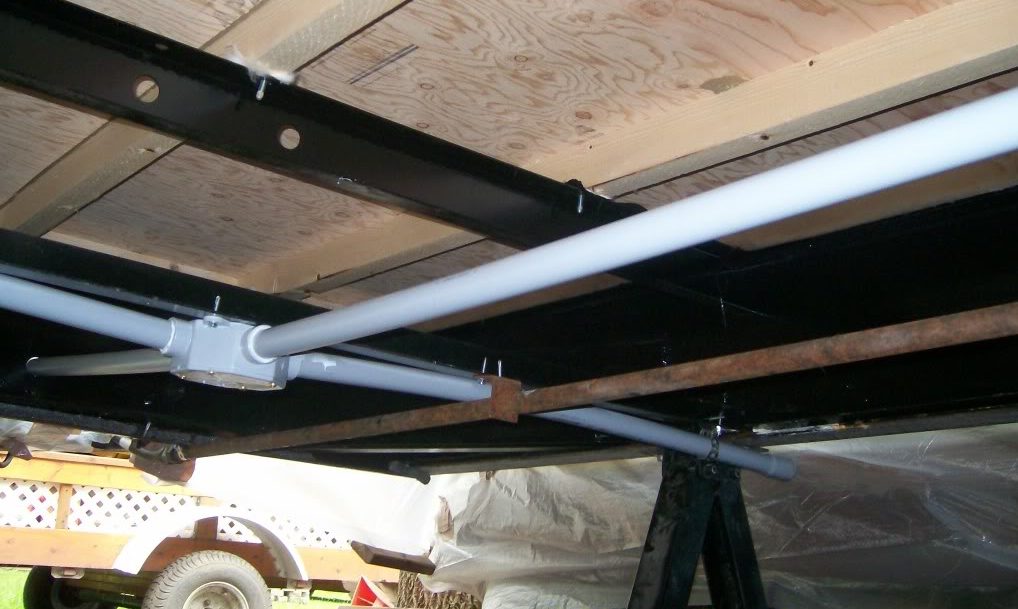
Step 2: Detach the underbelly
Remove the underbelly and temporarily disconnect the piping and wiring of the RV. Get them out of the way to get the space for installing the insulation layers. Do remember to mark the wire and pipe location so you know how to reconnect them later on. You could probably spot the old RV insulation here too. You can decide whether to supplement it with new layers or just outright discard it, the decision is up to you. If the original insulation looks more or less usable, keep it for future use. Otherwise, just throw it into the trash basket.

>> You may also like: How to heat an RV without propane during cold weather
Step 3: Install the new insulation
This is the most important step in “How to insulate RV underbelly” procedure. Bring out the tape measure again and figure out the most suitable dimension for the insulation layer. Begin from the front, put in the insulation between the floor joists and work toward the back. You can install it either in a single file fashion or just stack up multiple ones through the RV frame. Fill the space around each joint with insulation to maximize the effectiveness. If you feel that all is looking good, secure the layers into the frame using wires or screws. Wood lathes are also a sufficient way to keep the insulation in place.
Step 4: Put everything back together
When the new insulation layers are installed, now you have to return the pipes and the wires back to their original state. As a precaution, reapply the seams on the pipes to prevent possible leakage which may affect the insulation performance. Cover the underside of the RV in fabric such as Tyvek. Run the fabric over several times to make sure that there is not a single gap around. If the underbelly itself is damaged, you can fix it quickly and effectively with Tyvek too. Cut several large size pieces of the material to cover the underbelly holes on both side, glue them in and you are good to go.
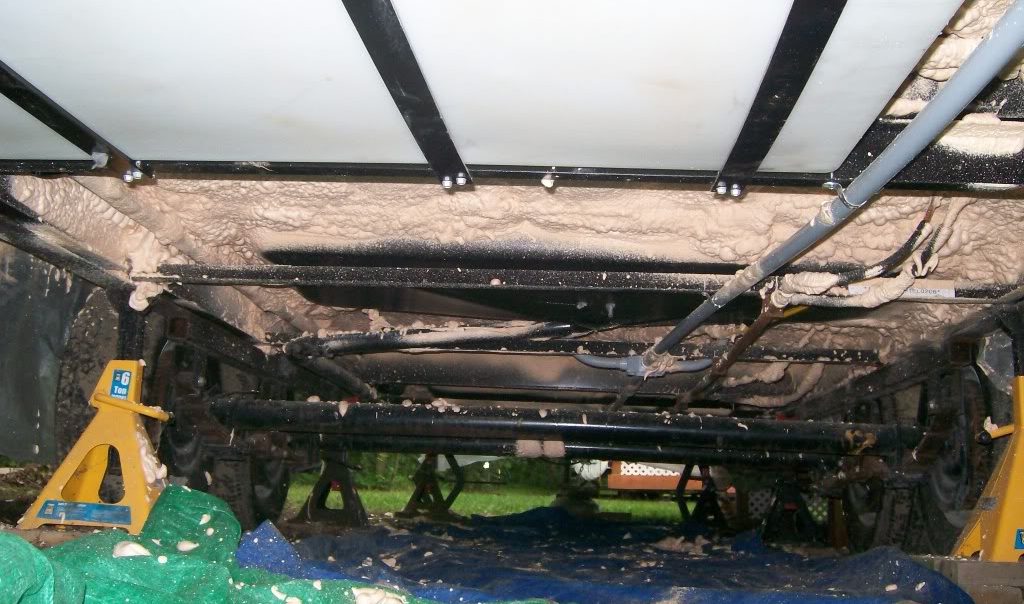
Step 5: Clean up
Cleans out any debris on the underbelly and replace the RV skirting if you feel like it. Dump any redundant and unusable materials into the plastic bags for disposal.
Some more tips to stay warm for winter camping trips!!!
Conclusion
And that is pretty much it, quite easy to follow and perform, right? Knowing how to insulate RV underbelly could really come in handy when the current insulation is insufficient. For just a small investment, your RV can retain heat much better than before and cut down the heating expense. Simply follow the guide above and you can have a well-insulated RV in no time.
You can also learn helpful tips about RVing here!
Last Updated on May 3, 2022
